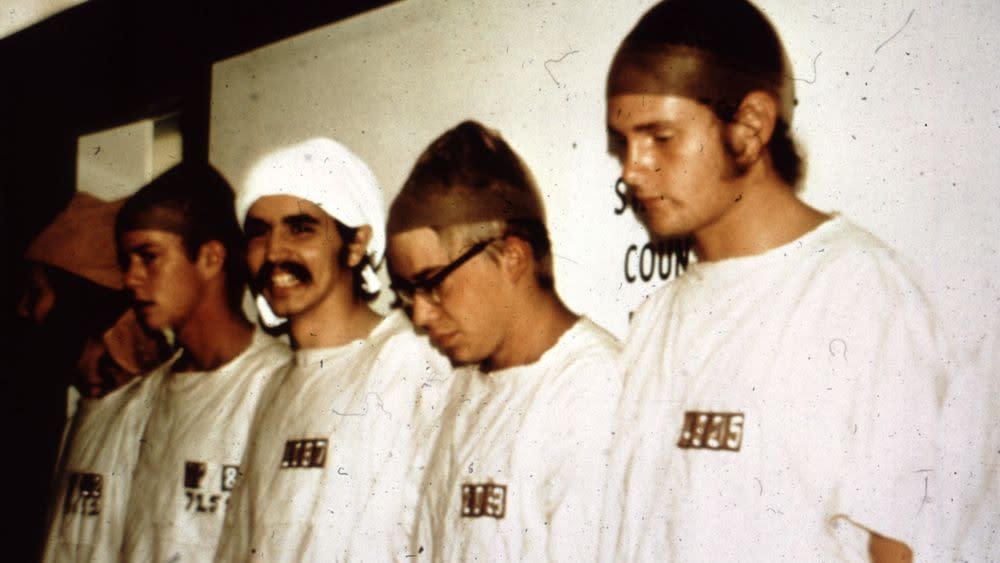Infamous ‘Stanford Prison’ experiment was actually a fraud, scientist claims

It’s the most famous psychological experiment of all time, where volunteers were assigned roles as ‘guards’ and ‘prisoners’ – and rapidly fell into cruel behaviour.
The Stanford Prison experiment, where Philip Zimbardo built a mock ‘jail’ has inspired books and films, and is taught on almost every university psychology course.
It’s often cited as evidence of the fact that human beings tend to abuse power.
But the 1971 Stanford Prison Experiment might not actually reveal truths about the human condition, a new recording has revealed.
Instead, recordings unearthed by scientist Dr Ben Blum (and chronicled here on Medium) suggest that the ‘guards’ were coached to behave in a cruel and unreasonable fashion.
Rather than being a science experiment, the psychology exercise is more of a performance, Blum claims – and says that the students who ‘broke down’ during the experiment did so hoping for good grades.
MOST POPULAR TODAY ON YAHOO
Convicted killer jailed for life for grooming young boy on a bus before imprisoning and raping him
Touching moment Tube driver stops to raise flag in tribute to Grenfell
Gang of youths destroy 320 million-year-old stone landmark in mindless act of vandalism
Watch: Thrill-seeking raccoon captivates internet by climbing 23 floors up skyscraper
In the recording, David Jaffe, who acted as ‘warden’ is heard urging a guard to be ‘tougher.
He says, ‘Generally, you’ve been kind of in the background. Part of that is my fault because I’ve gone along with when you wanted to sit outside while they were doing count. But we really want to get you active and involved. Because the guards have to know that every guard is going to be what we call a “tough guard.”
‘See, the thing is, what I mean by tough is you have to be firm, and you have to be in the action, and that sort of thing. It’s really important for the workings of the experiment because whether or not we can make this thing seem like a prison, which is the aim of the thing depends largely on the guards’ behavior.’

 Yahoo News
Yahoo News 

